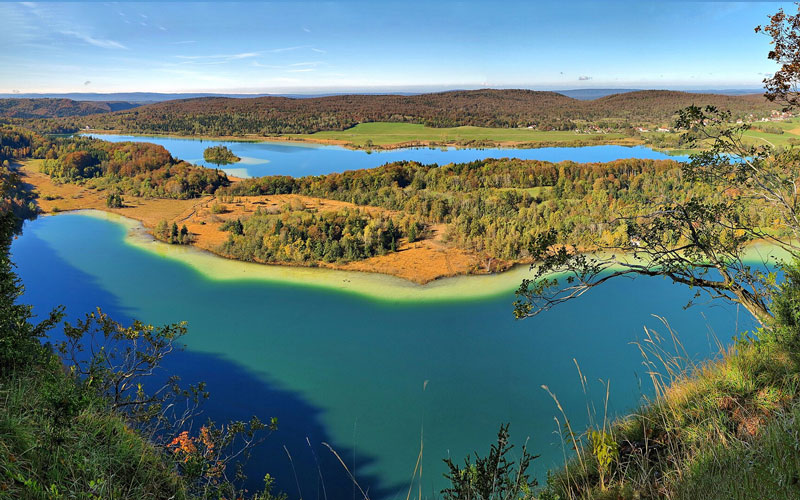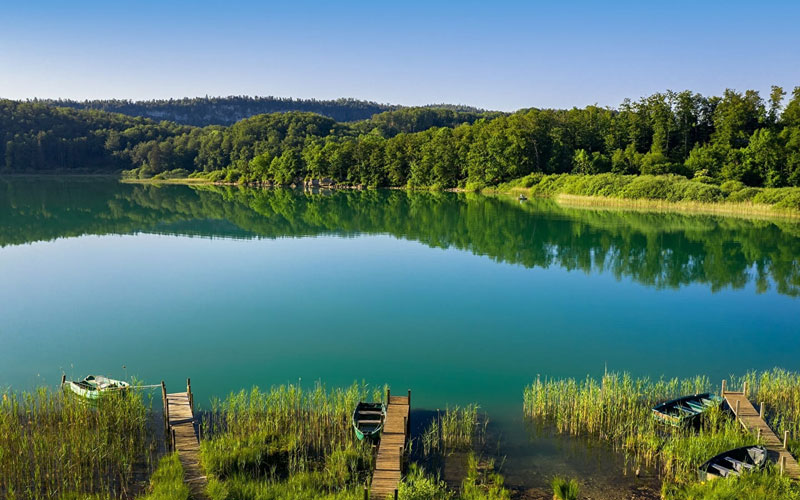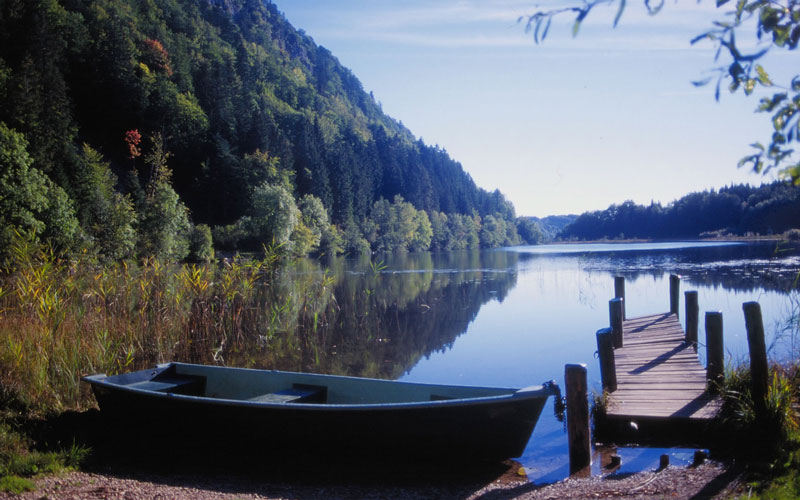Nature is omnipresent in the Jura
Winter sports in the Jura: an ideal destination for snow sports and nature lovers
In winter, the Jura transforms into a true snowy paradise, offering a multitude of Nordic activities for all levels. Whether you’re passionate about cross-country skiing, looking for thrills, or seeking an authentic winter experience in the great outdoors, the region will satisfy all your desires.
The Mountains
The Jura Mountains are a brand created by several departments (namely Ain, Doubs, and Jura), regions (Franche-Comté and Rhône-Alpes), and also the Jura Massif commission. It is sometimes referred to as the “Jura Massif.” Its crescent shape, over 340 km long, forms a chain that facilitates guided tours and sports activities (mountain biking and cycling in summer, or skiing and snowshoeing in winter), while admiring its beautiful landscapes, accompanied by the magic of dawn with its magnificent glow and the magical sunset.
Born from a very long history, the Jura Mountains gave their name to a famous period on our planet, the Jurassic, during the secondary era. It was at this time that the sediments that would form the Jura chain were deposited. The Jura mountain range, made up of varied hills and valleys, is well-suited to the development of summer hiking activities and winter snow sports, particularly cross-country skiing, for which the massif is internationally renowned thanks to the major races that take place there, such as the Transjurassienne, which is part of the Worldloppet (world races), and its National Nordic and Mid-Mountain Ski Centre in Prémanon.
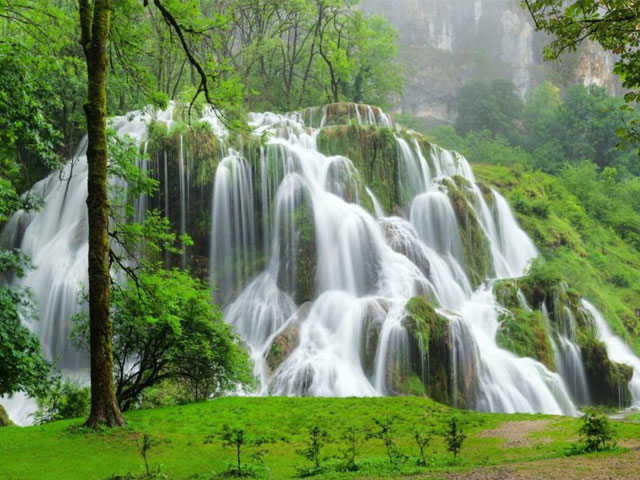
Waterfalls
When we talk about waterfalls, we often think first of the Hérisson waterfalls. In the Jura region, they are part of a larger group that forms the “Hérisson Valley.” The latter owes its name to the word “Yrisson,” which means “sacred water.” Fed by the Jura Massif River, notably the Ilay and Bonlieu lakes, nature has created a series of 31 drops and 7 waterfalls along its 3.7 km long course with an 805 m drop, including the 65-meter “Eventail,” the 60-meter “Grand Saut,” the “Gour Bleu,” the “Château Garnier” waterfall, the “Saut de la Forge,” the “Moulin Jeunet” waterfall, and the “Saut Girard.” The “Cascade des Tuffs,” a name derived from the great source of the Cuisance, rises in the center of the “Reculée des Planches,” located at the top, and flows out of a sedimentary limestone massif through several cavities.
Many other resurgences have some nice surprises in store for you, which you can also admire while hiking in the great outdoors, with several access points and obviously accessible to everyone in all seasons.
Lakes
In the Jura, the formation of lakes is due to glacial erosion during the last glaciation over 10,000 years ago, on the one hand, and to the impermeable terrain created by moraines compacted by the weight of the ice, preventing water from seeping into the limestone rock of the Jura Massif and facilitating the accumulation of water downstream. The basins were carved by glacial melt, where the ice caused over-deepening due to the strong pressure exerted by it. Today, these basins are filled with a myriad of lakes. If you want to spend a vacation by the water, share your passion for water sports, or simply prefer to admire the beautiful landscapes, you’ve come to the right place.
The 4 lakes belvedere and the Eagle peak
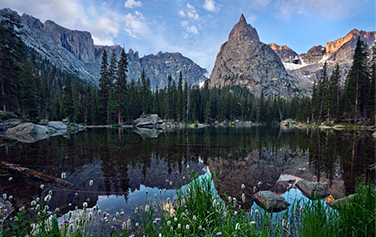
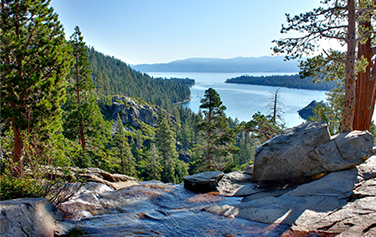
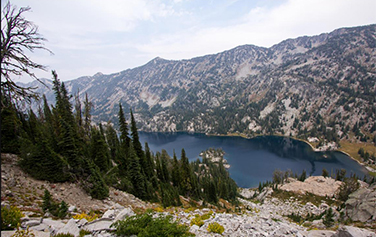
Nearby lakes
Italy, Narlay, Petit and Grand Maclu with the possibility of a beautiful walk around these lakes!
